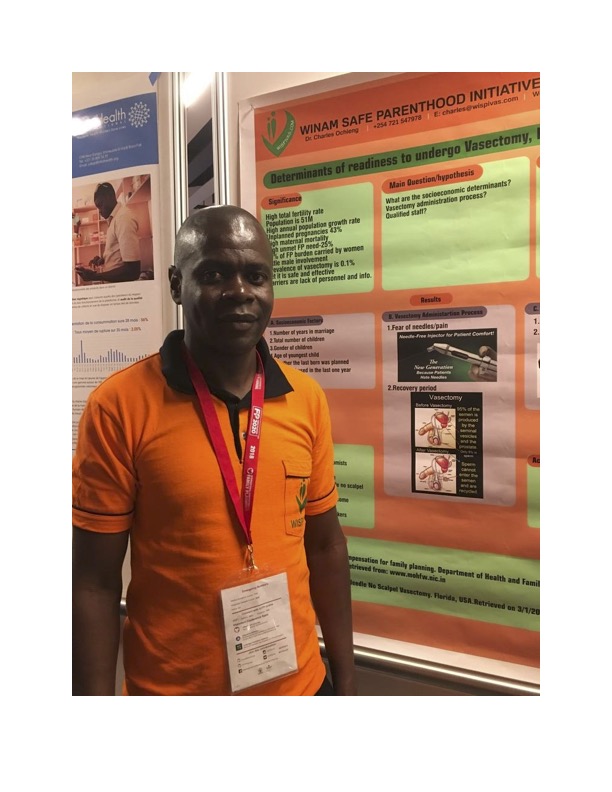
The image above provides information about the article cited below.
Reproductive health abuses, especially coercion, have turned many people away from concern about human population. I agree: reproductive coercion should be shunned.
Examples of coercive actions include sterilization of both women and men in India—even though patients didn’t really know what was being done. Coerced sterilizations also happened in the early 20th century in the USA—especially people who were who weren’t of the dominant race or were thought to be mentally or genetically deficient.
There were attempts to wipe out Native Americans, which started when Columbus “discovered” the New World, and may have continued into the 20th century. This apparently happened at Indian Health Service hospitals, where a high proportion of Native women had their tubes tied. Fortunately, federal laws now require use of a special consent form that makes it difficult to perform sterilization procedure without real informed consent.
I have also read about Puerto Rican women being sterilized against their will in the past. When I practiced there in the 1980s, I saw no sign of coercive sterilization. In fact, the reverse was true. I remember Maria, who was desperate to stop having children. She couldn’t afford reliable birth control such as an IUD and pleaded with me to tie her tubes. Unfortunately, she didn’t have insurance and the hospital wouldn’t let me do the surgery unless they could be certain of payment.
That brings up the other side of reproductive coercion—women are often forced to bear, and raise, children that they did not intend to have.
Obamacare and many other programs will pay for contraception in the US. However, most governmental programs will not pay for an abortion when a contraceptive method fails. Unfortunately, unintended pregnancies occur with all methods, and some states prohibit abortion under any circumstance, including rape.
Since abortion has been tightly restricted or outlawed in many states, it has become impractical for countless women to obtain abortion care. Unfriendly laws have coerced many women to carry unintended pregnancies. Although networks exist to help women abort unwanted pregnancies, many people still aren’t able to make the choice they want.
A careful study of births in Texas found that abortion-limiting legislation increased unintended births. This research compared the number of births after Texas Senate Bill 8 (preventing abortions after 7 weeks of pregnancy) was in effect with the prior years’ births. They found that there were almost 10,000 more births in the relevant 9 months after SB8 took effect. Many of these excess births were probably unwanted because the women were coerced into carrying a pregnancy by their inability to access abortion care.
I predict that coercing women to bear and raise children will have bad effects on society. We know that people who result from unwanted pregnancies don’t do as well in life; they have more contact with mental health and with law enforcement agencies. We also know that Texas has one of the higher maternal mortality rates in our country, and forcing women to give birth is likely to cause the death rate to go even higher.I believe that the basis for antiabortion laws has little to do with the claimed religious beliefs; the states with the strongest “right to life” laws seem to have the weakest support of mothers and children after birth. I also believe that many people who advocate against abortion and for population growth do so for selfish economic reasons. Speaking of population growth, Nandita Bajaj, an expert on a cause of population growth—pronatalism—will be talking at Lifelong Learning in Durango on February 15th.
© Richard Grossman MD, 2023
